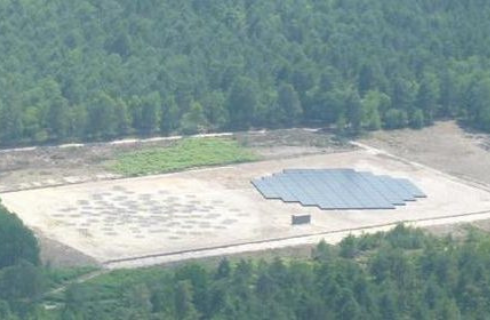
LOFAR
LOFAR is a European radio interferometer piloted by the Netherlands, which is deployed on the whole continent. It currently consists of 51 stations, each hosting 192 antennas covering the frequency range from 15 to 250 MHz. The French station FR-606 is located at Nançay and provides the longest interferometric bases, in particular for radio imaging at high spatial resolution of the order of a fraction of an arc second.
The ASTRO team of LPC2E uses the FR-606 station in autonomous mode for the long-term monitoring of pulsars, in order to study variations of flux density and profile of the radiation beam, as well as variations of the dispersion and scintillation of the signal induced by the interstellar medium traversed by the radiation. These measurements allow to study the physics of neutron star emission, as well as the turbulence and the magnetic field in the interstellar medium. The group is also involved in observational programs with the whole instrument (ILT for LOFAR International Telescope), in particular for the search for new pulsars, for the search for exoplanets in radio, or for the study of solar system planetary lightning.

